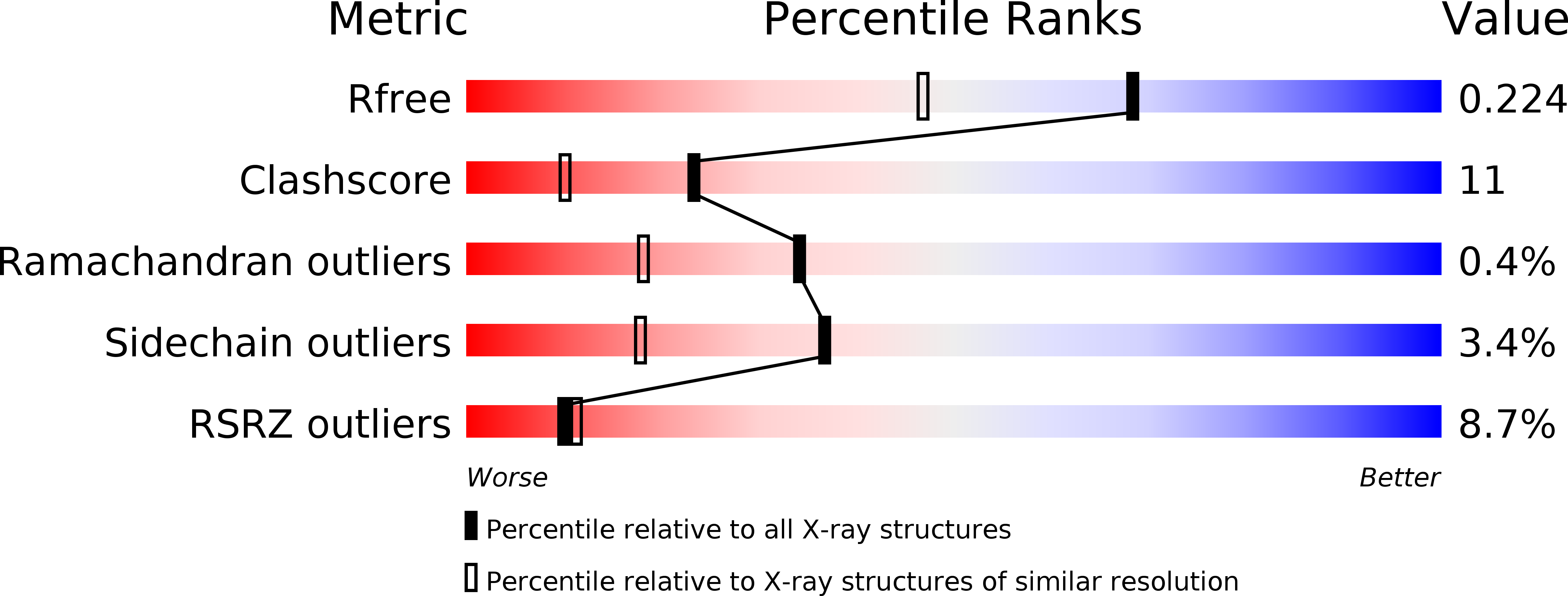
Deposition Date
2004-11-18
Release Date
2005-07-26
Last Version Date
2023-08-23
Entry Detail
PDB ID:
1Y1D
Keywords:
Title:
Crystal structure of transthyretin in complex with iododiflunisal
Biological Source:
Source Organism:
Homo sapiens (Taxon ID: 9606)
Host Organism:
Method Details:
Experimental Method:
Resolution:
1.70 Å
R-Value Free:
0.22
R-Value Work:
0.19
R-Value Observed:
0.19
Space Group:
P 21 21 2


